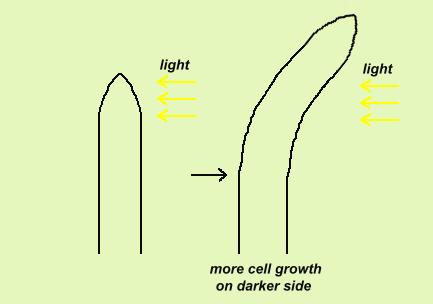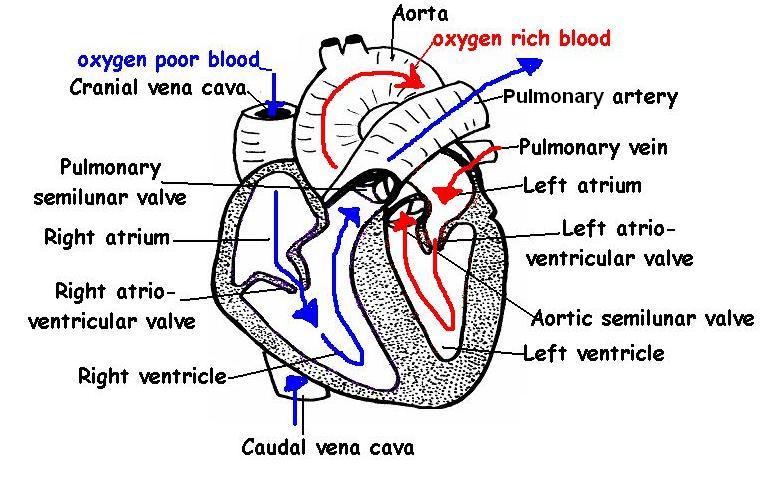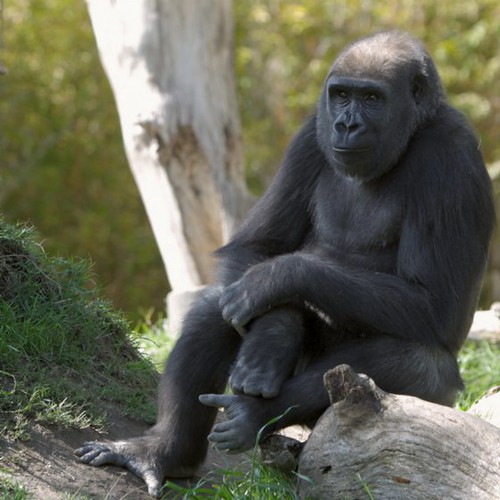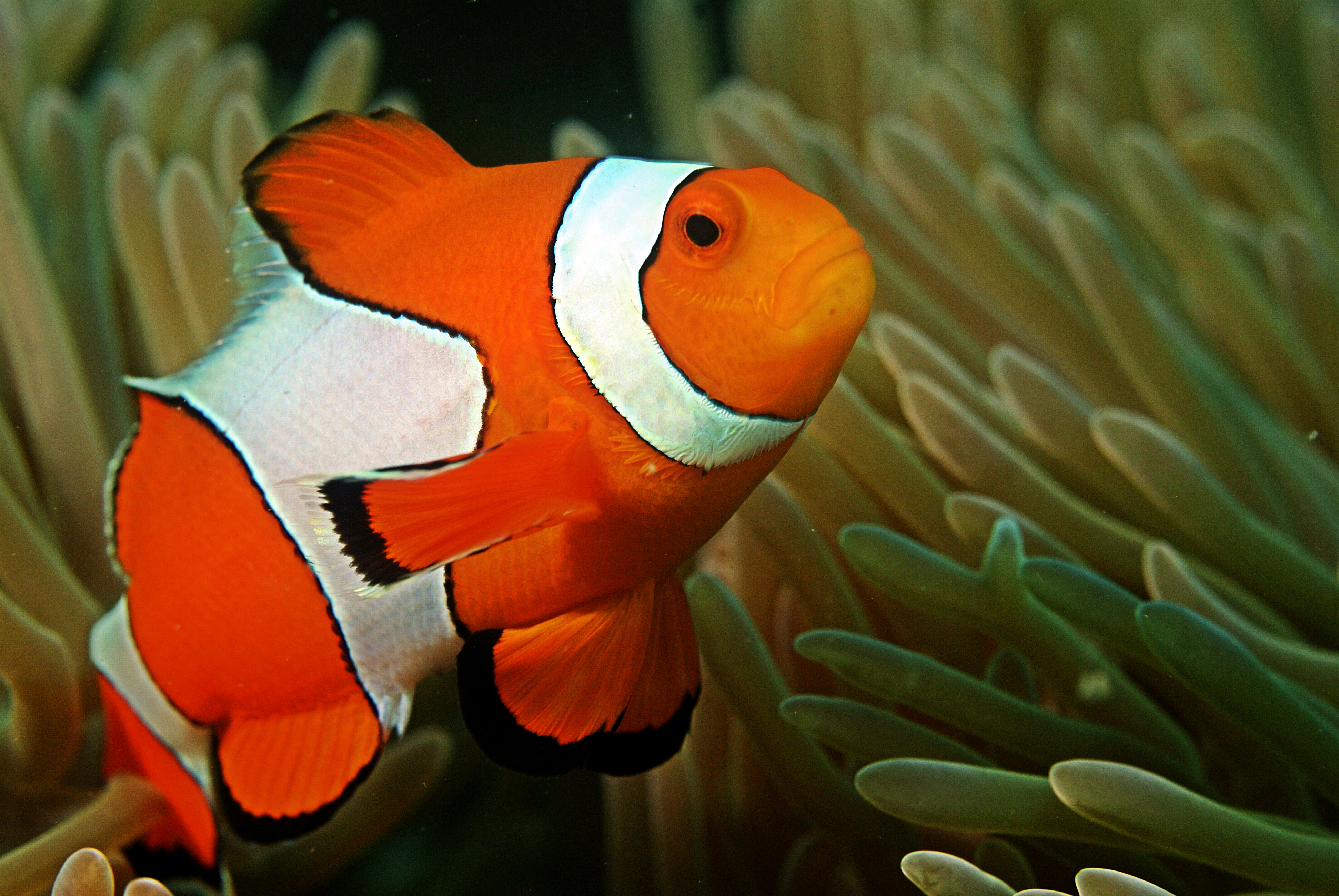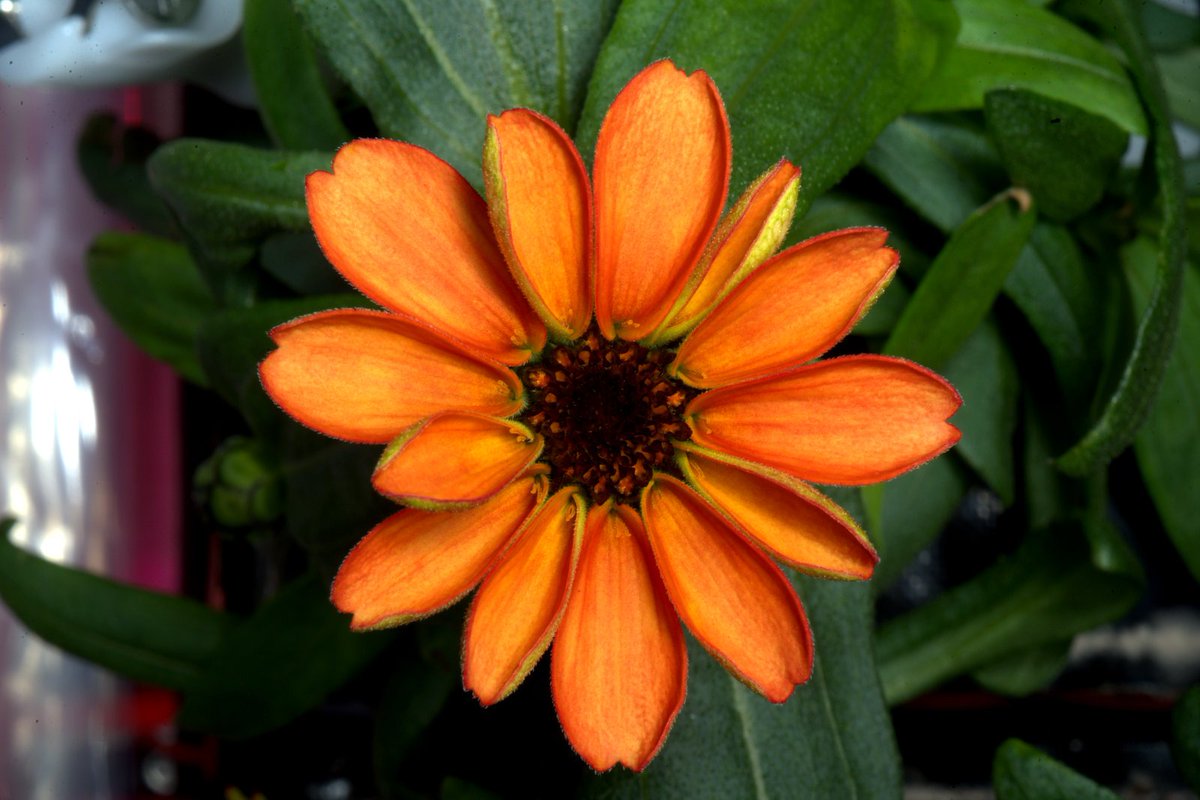Over the course of evolution, cats have gone from an apex hunter
to living room lounger. These cats have got a lot in common with their fearsome
ancestors. If they were bigger, they’d probably try to eat you – or would they?
When you think of the tiger or lion you probably think of a big
dangerous cat, a crazy man eater. They can actually be super friendly and super
nice. Granted, they can be aggressive, but it’s not the first thing I’d think
of. They’re socially dependent, loving and affectionate creatures who need
food!
When you look at Lions, they’re continually giving off
communication all the time- professionals can easily get tuned into the small
signs that Lions continuously give off. They’ve got little tale –tale signs, a
rhythmic twitch for example. Even something as simple as yawning is quite a
complex sign. Not always, but a lot of the time, Lions yawn to ‘show off’ their
teeth – pretty much a dominance thing.
Your cat uses its own body language to communicate like a
lion, except they’ve got one major difference. They have fewer facial muscles
so they find it harder to communicate the way a lion does – domestic cats use
their tongue, mouth, tail and ears to communicate. Tail up – your cat is happy and approachable.
Unlike dogs, if they’re ‘wagging’ their tail, they’re agitated. Surprisingly,
I’d avoid giving your cat direct eye contact. This sends then mixed messages
and even is a sign of aggression. If you blink slowly, you’ll reassure your
feline friend, you’re not a threat and only in it for the cuddles! It also has
the benefit, they’ll trust you!
The domestic cat is the latest addition to the cat family –
a product of 10 million years of evolution. A lot of what your cat does comes
from their wild relatives. Our cat has a huge love of acrobatics – an ability
which has its roots in South East Asia- the birthplace of all cats. This hot
and humid climate with trees up to 100m high was a perfect location for cats to
hone their acrobatic skills. In this climate, climbing trees was the best way
of getting food.
Over this period, cats evolved to leap and to swing through
trees – reaching up to 40mph – quick enough to hunt birds and monkeys. One cat
still lives in the treetops just like its ancestors, the Clouded Leopard, so
rare we don’t know how many are left in the wild. Breeding centres are one of
the only places to see these elusive Clouded Leopards. Its spotted coat makes
for perfect camouflage amongst the dappled jungle light.
The Clouded Leopard’s tail is often longer than their body,
this means they can balance like a tightrope walker, elegantly dashing through
the trees.
Our cats have some of these amazing adaptations for
climbing; they’ve got hooked claws up to 5cm long. They can grip most surfaces,
their paws sense vibrations to check the route is safe.
Cats are one of the only animals born without a fear of
heights – they’ve got one issue though! Unlike a lot of other animals, their
front facing paws mean they can’t climb down easily. Some cats can get away with
this because they’ve got rotatable paws. This is the reason why thousands of
our pets get stranded high up in our trees every year. When they get in that situation, where they
are stuck - some cats pick leaping as their best option.
All of our cats have acquired some of the Clouded Leopards
climbing abilities. Clouded Leopard kittens spend almost every waking minute
playing – this is how your cat learnt too. Much like us they get the hang the
hang of things by observation and repetition. When cats play, ‘happy’ chemicals
are released in their brain; this encourages them to carry on playing and
learning. One major game our cats enjoy – even through adulthood is stalking
prey. They stalk it until they get close enough to pounce. They’re skills are
so advanced that the prey rarely sees it until the cat until it’s too late.
















